Carbon Capture, Utilization and Storage (CCUS) is a technology that can capture and make effective use of the high concentrations of CO₂ emitted by industrial activities. Consequently, it has a key role to play in decarbonization and the addressing the challenge of global climate change.
Why do we need carbon capture, utilization and storage?
Industries and transport sectors like cement, steel, aviation, trucking, aluminium and shipping have inherent CO2 emissions resulting from energy-intensive industry processes. Carbon capture, use and storage can provide a key contribution to tackling these sectors’ emissions. Furthermore, it can help removing carbon from the atmosphere through carbon removals such as bio-energy carbon capture and storage (BECCS) and direct air carbon capture and storage (DACCS) and be a platform for low-carbon hydrogen production.

